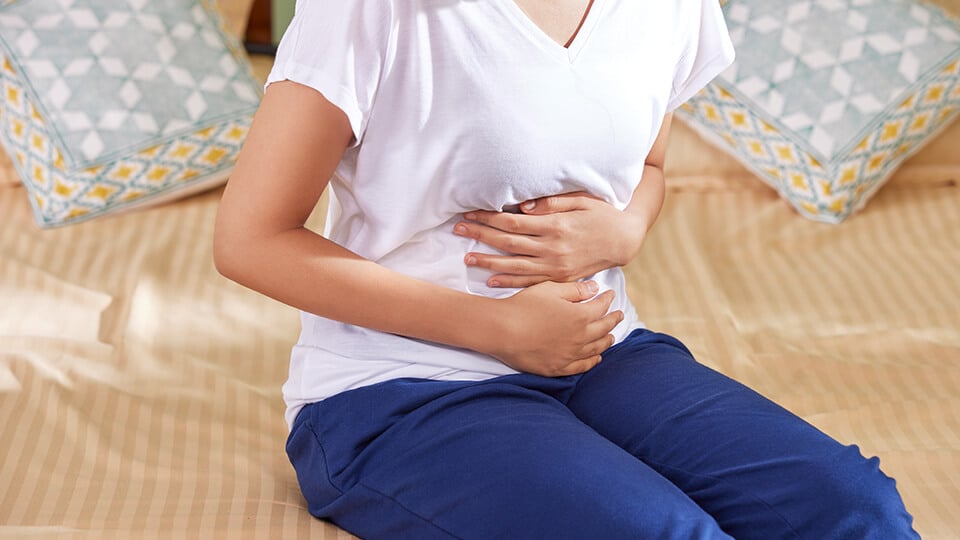- Secondary Dysmenorrhea:
Secondary Dysmenorrhea is less common and is usually caused due to an underlying disorder or infection. The pain is not restricted to the beginning of the period and can last throughout the cycle. It can also cause heavier and prolonged periods. If your periods are generally pain free or less painful and you suddenly start experiencing excruciating period pain, you must consult your gynaecologist.
How to reduce period pain? What are some effective home remedies for the treatment of period pain?
There are a number of ways that can provide short term relief from menstrual pain and can be easily done at home such as:
- Rest and relax. Taking a nap in a comfortable position or relaxing in the bathtub with soothing essential oils can help ease the pain.
- Application of heat is known to significantly reduce the pain. You can either use a heated pain relief pad or simply turn toward a trusty hot water bag.
- Gently massaging your abdomen and lower back can soothe the pain too.
- Try to do some gentle exercises that help in improving the flow of blood to the pelvic area.
- Try relaxation techniques such as guided meditations and deep breathing.
- If you are pressed for time and cannot rest, over the counter pain medication should do the trick.
- These dos and don’ts of periods can make your periods much more comfortable.
But when asked about how to reduce menstrual pain in the long run, experts advise incorporating lifestyle changes such as:
- Cutting down your caffeine intake.
- Reduction in smoking and alcohol consumption.
- Exercising for at least 30 minutes every day, five days a week has many health benefits including less painful periods. This also serves dual purpose by helping you maintain a healthy weight which reduces the chances of an irregular menstrual cycle.
- Eat foods that are rich in fibre and protein. Incorporate green leafy vegetables, nuts, lots of fruits and salads in your diet.
- Avoid the consumption of foods and drinks that are high in sugar. Replace canned fruit drinks and sugary sodas with fresh fruit juices as much as possible.
- Reduce the amount of salt in your food. Excess salt can cause severe water retention which is a common symptom of PMS.
- Consult your health care provider and start taking vitamin supplements.
When should you seek medical help?
While period pain usually ranges from a dull ache in the belly to painful cramps, how you experience period pains is also largely determined by your pain tolerance. So then, how do you determine whether you must seek doctor’s advice or not? Watch out for the following signs:
- When none of the home remedies seem to help.
- Pain medication does not provide any relief.
- If your period gets heavier and cramps increasingly severe over the course of two to three months.
- You experience cramps even when you are not on your period.
- Period pain starts to manifest in other parts of your body such as groin, thighs, knees and lower back.
- Your cramps are accompanied by fever.
- You are experiencing severe menstrual cramps for the first time in your adult life.
To understand the underlying cause for your painful periods and to determine how to relieve period pain, your doctor will ask you questions about your medical and menstrual history. They may then proceed to ask you about your symptoms, the exact points of pain and even perform a pelvic exam to rule out any abnormalities or the possibility of an infection.
Key Takeaway
Mild discomfort during periods is completely normal and nothing to worry about. However, if it gets to a point where it starts to interfere with your daily life, schedule a visit to your gynaecologist’s office to understand and treat the underlying causes.

